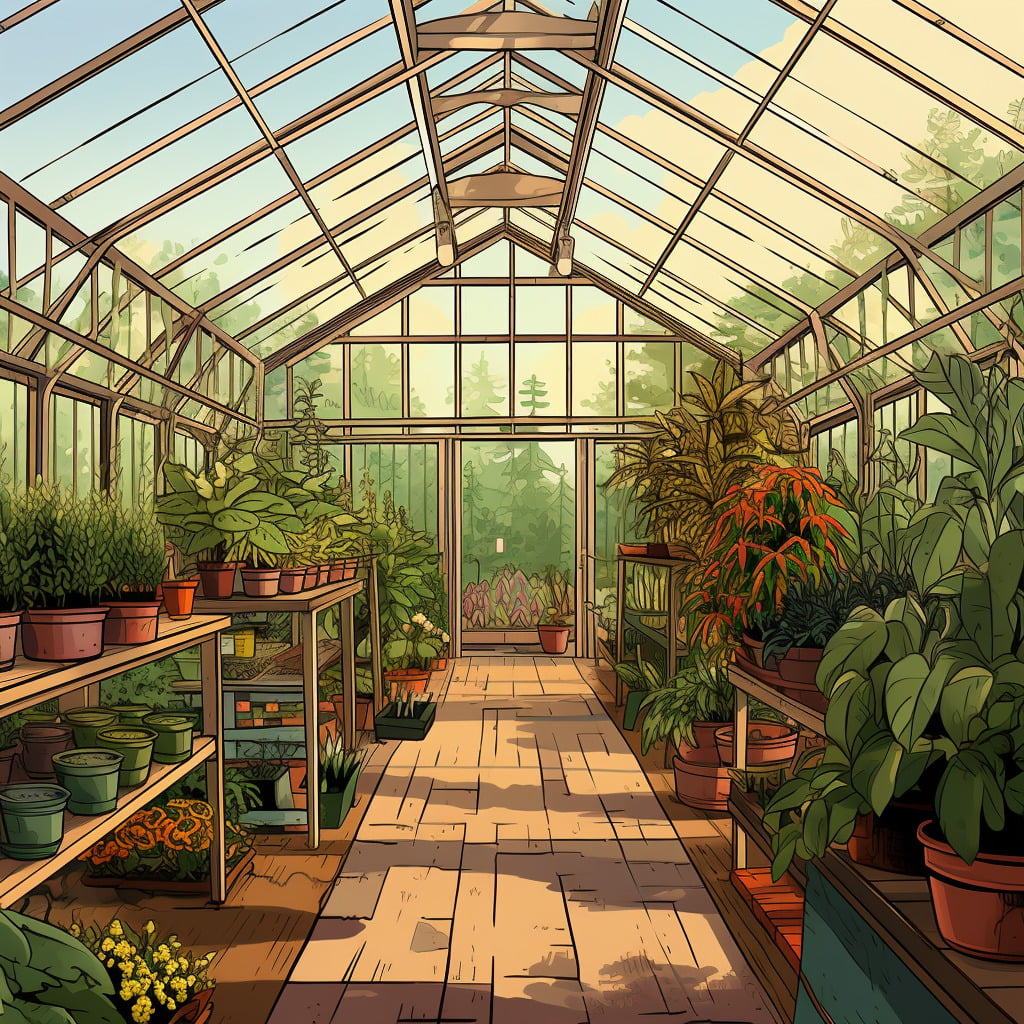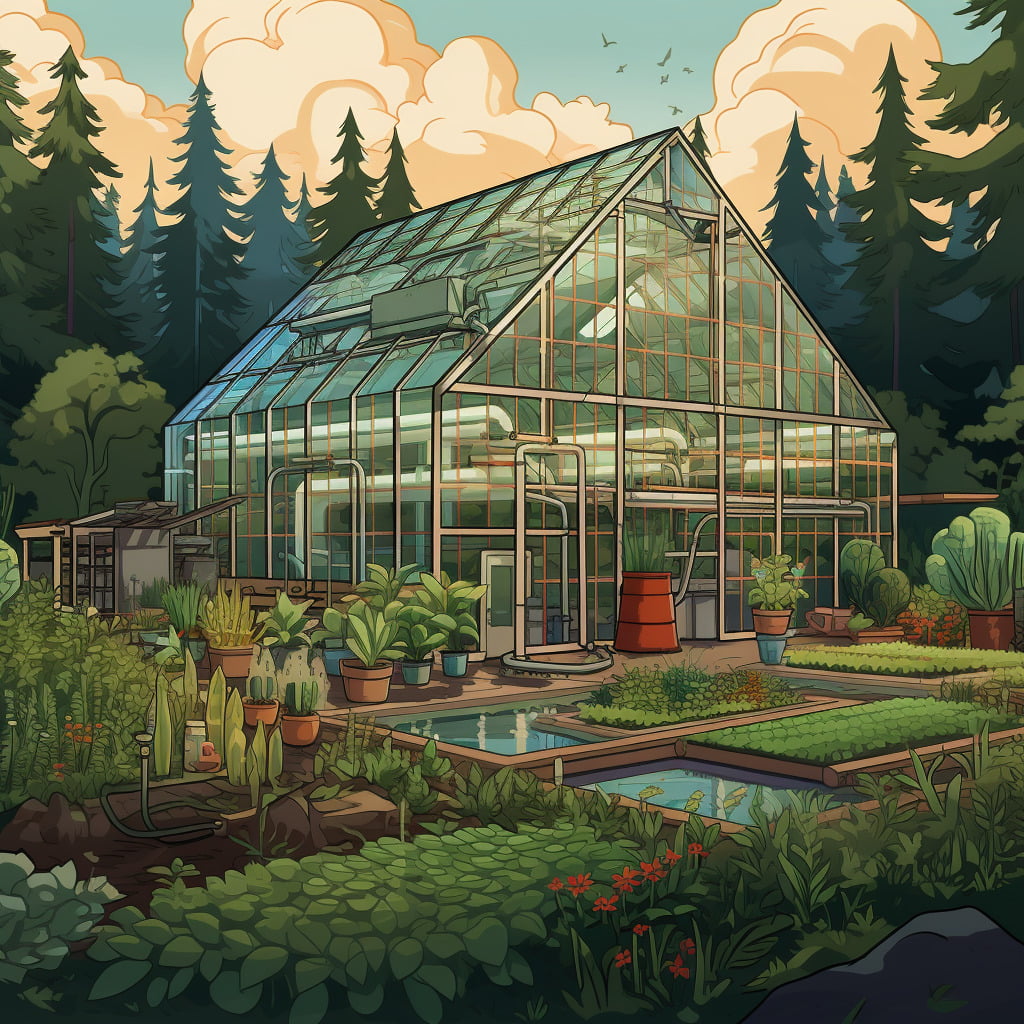The Pacific Northwest (PNW) is a region of unparalleled beauty, characterized by its dense forests, majestic mountains, and a coastline that stretches as far as the eye can see. However, for gardeners and farmers, the PNW’s often rainy and cool climate presents unique challenges. Enter the greenhouse—a haven for plants and a game-changer for those passionate about growing in this region. In this post, we’ll explore the advantages of using greenhouses in the PNW and offer insights into selecting and maintaining one for optimal plant growth.
The Greenhouse Advantage in the PNW
The PNW climate, while idyllic in many ways, has its quirks. Extended rainy seasons, cooler temperatures, and shorter daylight hours in winter can limit the growing season and the types of plants that can thrive outdoors. Here’s where a greenhouse steps in:
- Extended Growing Season: A greenhouse can capture and retain heat, allowing for a longer growing season. This means early starts in the spring and extended harvests into the fall, or even winter.
- Protection from Elements: Plants are shielded from the excessive rain, which can lead to fungal diseases or waterlogged soils. They’re also protected from unexpected frosts or cold snaps.
- Versatility: With a controlled environment, you can grow a wider variety of plants, including those that wouldn’t typically thrive in the PNW outdoors.
- Pest Control: Greenhouses can act as a barrier against many pests, reducing the need for chemical interventions.
Choosing the Right Greenhouse for the PNW
Given the specific challenges of the PNW climate, not just any greenhouse will do. Here’s what to consider:
- Material: Polycarbonate panels are a popular choice. They offer good insulation, are durable, and provide diffused light, which can be beneficial for plant growth. Polyethylene film is another option, being cost-effective and offering a good amount of light transmission.
- Ventilation: Proper ventilation is crucial to prevent overheating during sunny days and to ensure a steady supply of fresh air. Roof vents, louvre windows, and exhaust fans can help regulate temperature and humidity.
- Size and Shape: The size will depend on your needs and available space. A hoop house or tunnel might be suitable for larger operations, while a smaller freestanding or lean-to greenhouse might be ideal for backyard gardeners. Remember, taller greenhouses can capture more heat and offer better ventilation.
- Flooring: Gravel is a popular choice, as it provides excellent drainage and can deter pests. Concrete or pavers are other options, though they might require additional drainage solutions.
- Orientation: In the PNW, maximizing light is crucial. Ideally, the longest side of the greenhouse should face south to capture the most sunlight.
Maintaining Your Greenhouse for Optimal Growth
Once you’ve selected the perfect greenhouse, maintenance is key:
- Regular Cleaning: Keeping the panels clean ensures maximum light penetration. It also helps prevent diseases and pests. Use a mild detergent and soft brush to clean the exterior and interior as needed.
- Monitor Temperature and Humidity: Invest in a good quality thermometer and hygrometer. During warmer months, use shade cloths and ensure proper ventilation to prevent overheating.
- Watering: While plants in a greenhouse might be protected from rain, they can still lose moisture quickly. Regular watering is essential, but avoid overwatering, which can lead to mold and diseases.
- Inspect for Pests and Diseases: Regularly inspect plants for signs of pests or diseases. Introduce beneficial insects, like ladybugs or predatory mites, if needed.
- Winter Care: In the colder months, consider using a greenhouse heater or thermal blankets to protect against frost. Ensure that snow doesn’t accumulate on the roof, as the weight can damage the structure.
Conclusion
A greenhouse can be a gardener’s best friend in the Pacific Northwest, turning challenges into opportunities and extending the joy of growing throughout the year. By choosing the right structure and committing to its maintenance, you can create a thriving oasis that defies the whims of the PNW weather, ensuring bountiful harvests and vibrant blooms season after season.


Get involved!
Comments